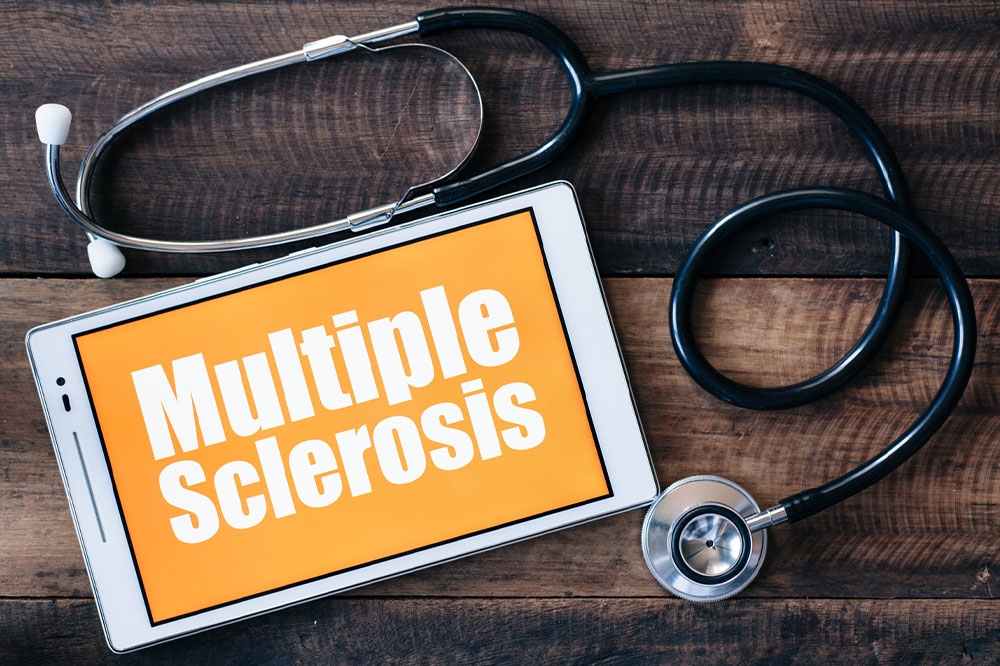
Different Ways to Treat Multiple Sclerosis
Multiple Sclerosis (MS) is an autoimmune condition where the immune system starts attacking the outer covers of neurons in the central nervous system. As a result, the body and brain are not able to communicate with one another effectively. There is no treatment to cure MS . You can only aim to treat the individual symptoms and prevent relapses. Below are common treatment options to know about.
1. Painkillers
People with multiple sclerosis have chronic pain in the joints and muscles due to immobility or awkward movements and imbalances. Most people with this condition are on painkillers to help handle the pain every day.
2. Physiotherapy
Imagine not being able to move as freely as you once did? This feeling will cause stiffness in the joints and lead to worsening problems like imbalance, coordination issues, and immobility. Physiotherapy can help handle the condition better and improve mobility even in those with advanced MS.
3. Corticosteroids
One of the most common medicines prescribed to handle inflammation associated with this disease is corticosteroids. These can be oral pills or injections, and these have to be taken regularly to keep inflammation at bay.
4. Beta interferons
These are also very common medicines used in the treatment of MS. Beta interferons help reduce the condition’s flare ups. Flare-ups are periods where there is a sudden prevalence of new symptoms or worsening of the old symptoms, leading to pain and discomfort. These medicines bring down the number of instances of MS flare ups— these work by lowering the action of the immune system.
5. Plasmapheresis – This is a plasma exchange treatment option for multiple sclerosis. Here, the plasma part of your blood is removed, and albumin is added to it. Now, the plasma is injected back into the body. Plasmapheresis helps manage newer flare-ups of symptoms that don’t respond to steroids.
6. Muscle Relaxants
It is very common for people with MS to face muscle spasms often. In that case, they may also have to be on muscle relaxants for a long time to improve mobility and bring down the pain.
7. Ophthalmology-medicines
Vision problems are very common for those with multiple sclerosis. Milder vision problems may have to be treated with steroid medications. Some people have involuntary eye movements that can block vision. For such individuals, medications like gabapentin can help. People with double vision may also need ophthalmologist-prescribed medications to see better.
8. Occupational therapy
Occupational therapy helps handle motility problems that are a result of MS. These therapies include a mix of medications, physical aids, exercises, and lifestyle changes to handle motility. An occupational therapist can help create a therapy plan.
All these treatment options for MS work complementary to one another in making the symptoms better. Your doctor will be able to create the right treatment plan for you based on the symptoms and stage of the disease.



